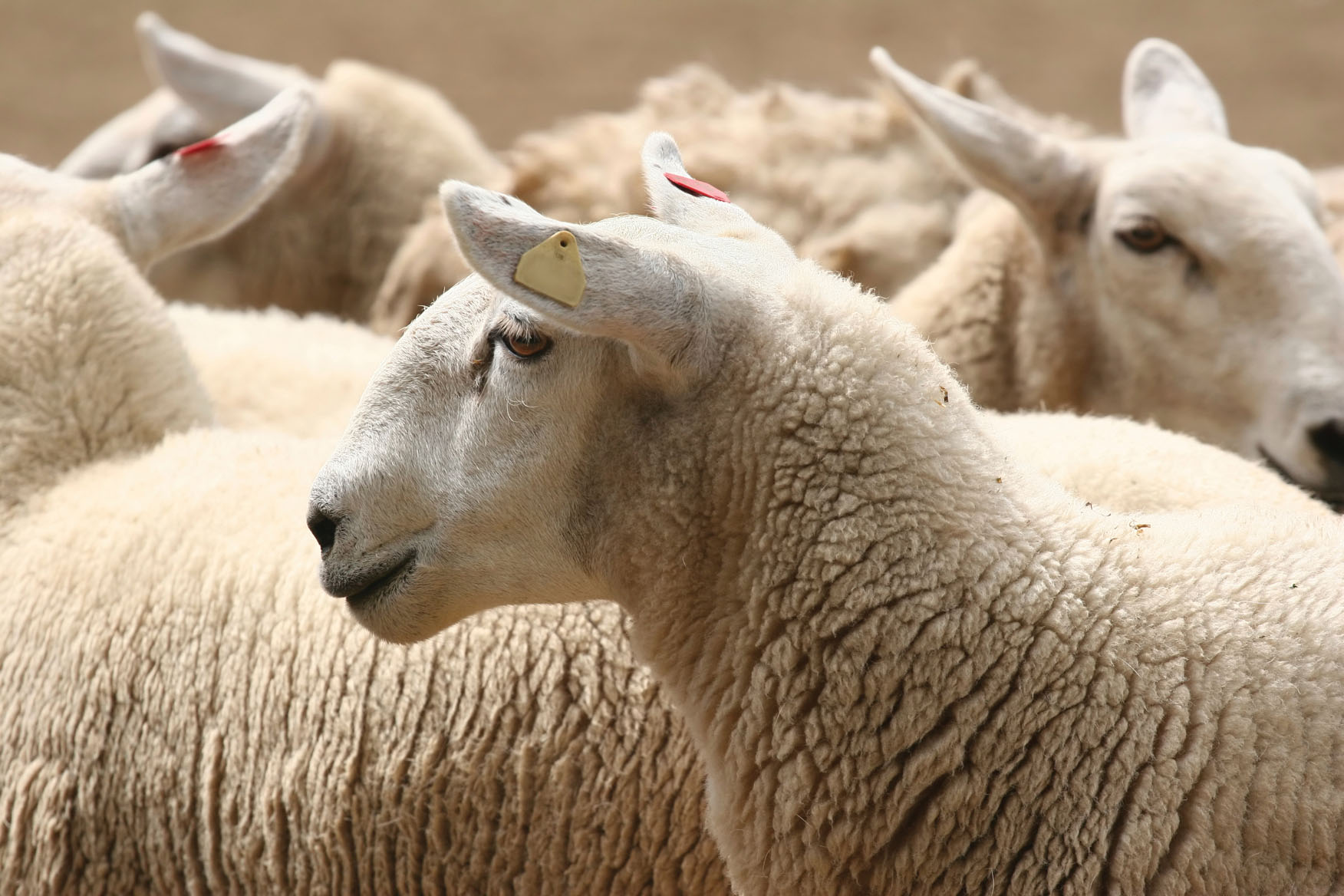When they are in good condition, ewes can maintain condition on minimal keep post-tupping due to lower nutrient requirements, but this changes quickly in the run up to lambing. A rapidly growing foetus reduces space in the rumen which, when combined with hormonal changes, leads to a reduction in intakes. But as nutrient demand increases for colostrum production, this can lead to a very demanding time for the ewe.
What happens in the last 6 weeks of pregnancy?
As mentioned above, the energy requirement of ewes increases rapidly during the final six weeks of pregnancy. This also occurs during a time that her intakes are limited by a growing foetus, whose weight increases by 70, 50 and 20% during the last 6, 4 and 2 weeks prior to lambing, respectively (Keady, Teagasc) with hormonal changes further limiting intakes. This means that we must increase the nutrient density of her diet to adequately meet these needs.
If ewes do not receive adequate nutrition during this period, they can begin to suffer from metabolic issues like twin lamb disease, poor maternal behaviour, increased risk of mismothering, and lower milk yield and colostrum quality. Any of these can result in smaller, weaker lambs that are slower growing and more susceptible to disease. Similarly, ewes that are too fat have an increased risk of prolapse, twin lamb disease, mismothering and reduced immunity which can lead to lambing difficulties, increased time needed to tend to poorly ewes or lambs and a reduction in ewe and lamb vigour.
These issues can often occur without ewes showing signs of illness, also called sub-clinical disease. For example, for every ewe that experiences twin lamb disease in a flock there will be many more ewes with sub clinical disease which often go undetected. Ewes that experience any metabolic issues in the run-up to lambing are more pre-disposed to other conditions due to a weakened immune system.
Further to these issues, ewes naturally experience a relaxing of the immune system during this time as she prioritises nutrients towards milk production. This can leave ewes pre-disposed to higher worm burdens and a poorer response to disease, which is particularly true for under-conditioned ewes or ewes with an already high parasite burden.
Meeting the ewe’s nutritional requirements
To ensure that ewes can manage this stressful period and lamb in optimal immune status, we must first ensure that her nutritional requirements are met in terms of all key nutrients such as energy, protein, fibre, minerals and vitamins and water. For more details about feeding ewes, click here.
Of equal importance is how ewes are fed, to ensure that every ewe receives her diet and water requirements.
On an ad-lib forage system there should be approximately 15cm of feed space per ewe, but if feeding concentrates, then at least 45cm per ewe is required. This may mean feeding between or in front of pens or scattering the concentrates on the floor if the bedding is clean and dry. Not only does this give plenty of access to feed, it also encourages exercise slows down intakes, which has been shown to reduce prolapses.
If significant quantities of concentrate feed are required, then it is best practice to split this amount over 2 - 3 feeds a day to minimise acidosis risk. Feeding less of a better-quality concentrate will pay off, not only with reduced feed costs overall but also reduced health issues like twin lamb disease, prolapses, watery mouth, and a lower worm burden post-lambing.
Support ewe immunity with SafMannan®
Alongside ensuring ewe nutrition is optimised SafMannan® is a premium yeast fraction which can be added to ewe rations to help support the immune system of the ewe around lambing time, when she is under the most stress.
Feeding Safmannan® results in:
- improved colostrum quality
- more vigourous lambs, setting them up for better performance later in life

